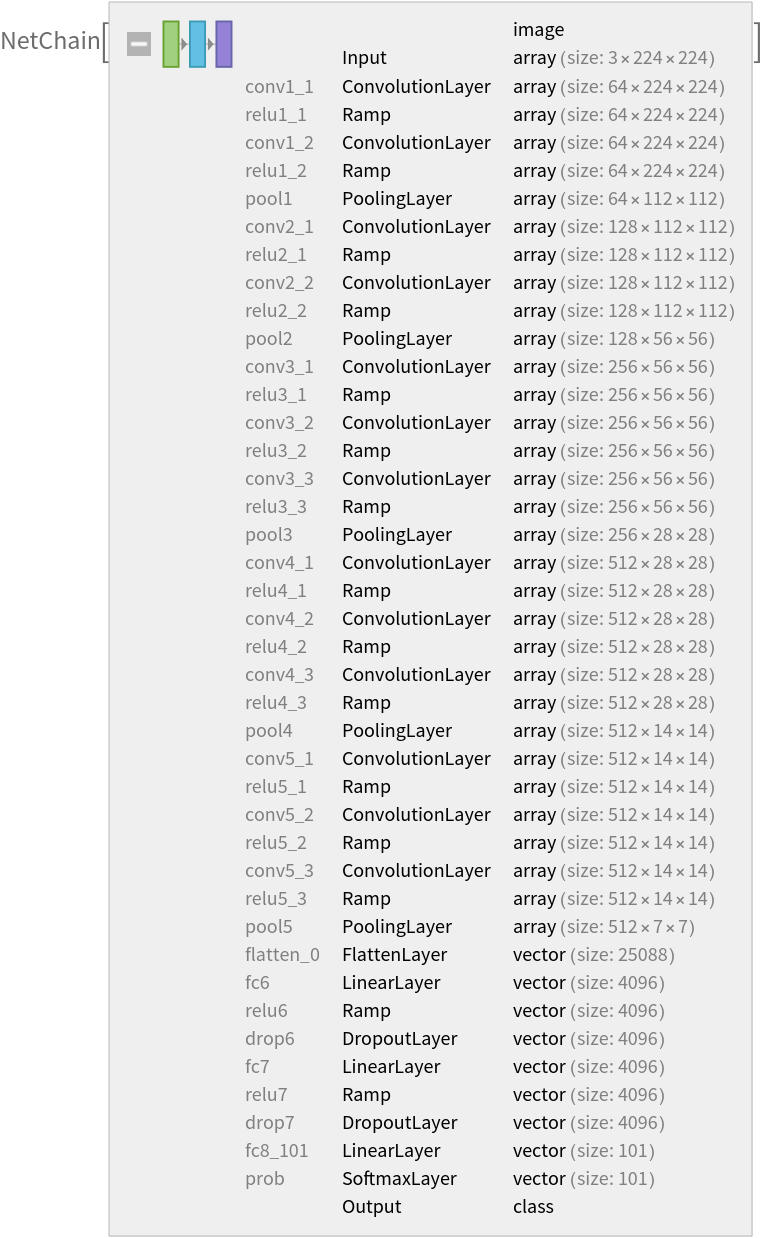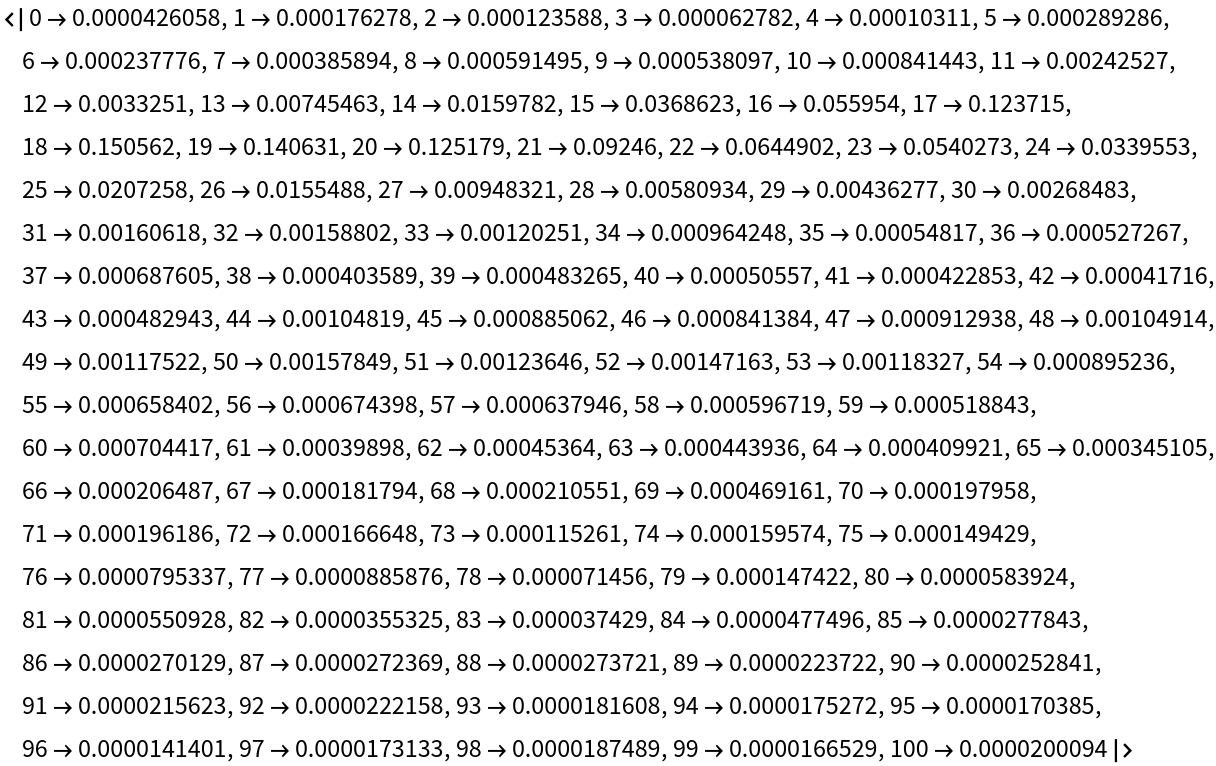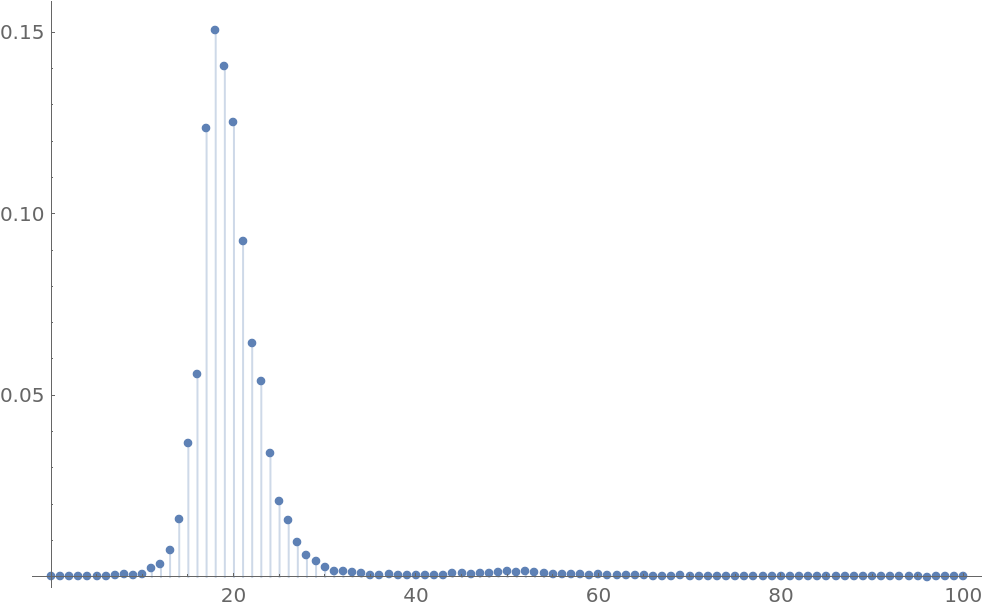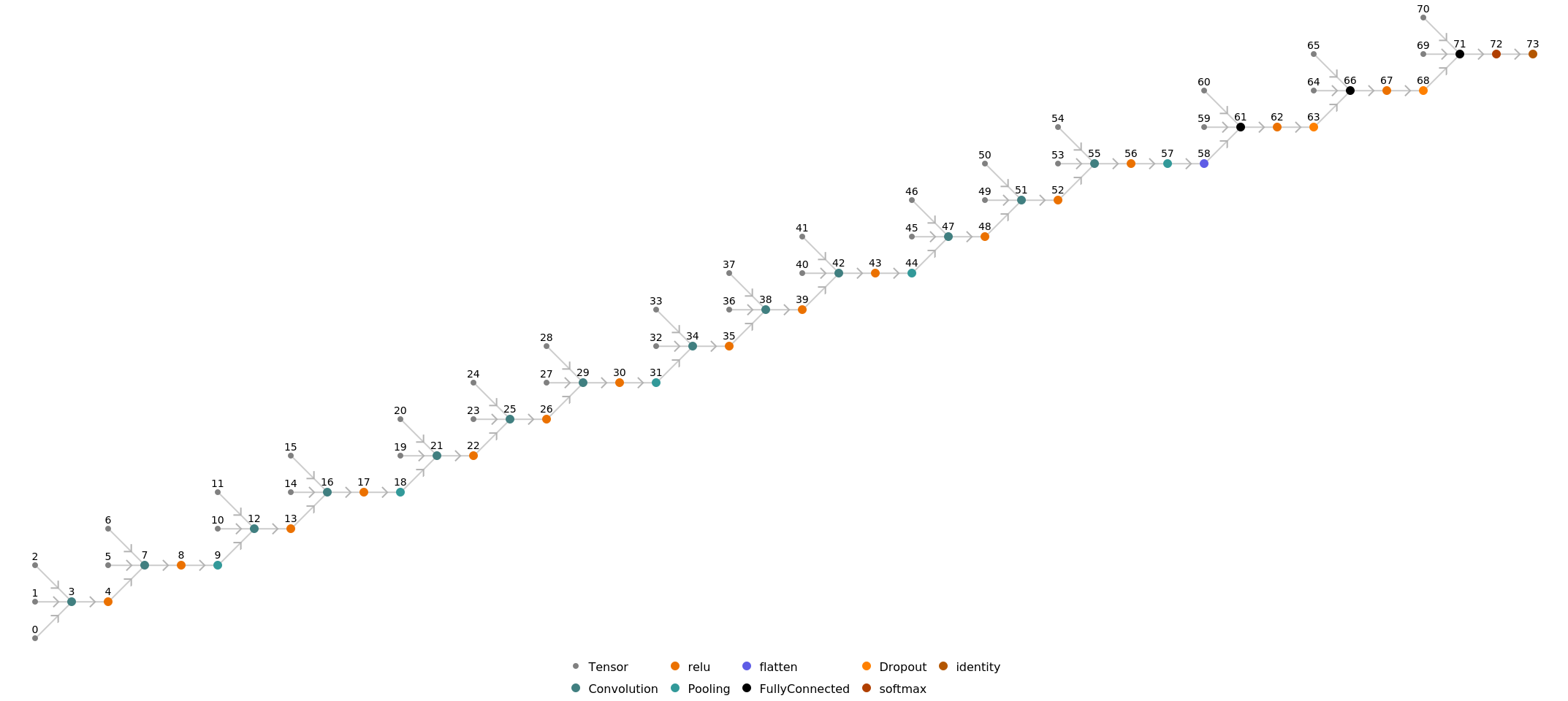Age Estimation VGG-16
Trained on
IMDB-WIKI and Looking at People Data
Originally released in 2015 as a pre-trained model for the launch of the IMDB-WIKI dataset by the Computer Vision Lab at ETH Zurich, this model is based on the VGG-16 architecture and is designed to run on cropped images of faces only. The model was then fine-tuned on the dataset for the 2015 Looking At People Age Estimation Challenge. An ensemble of these models won first place at the challenge.
Number of layers: 40 |
Parameter count: 134,674,341 |
Trained size: 540 MB |
Examples
Resource retrieval
Get the pre-trained net:
Basic usage
Guess the age of a person from a photograph. First, obtain the trained net:
Obtain the probability distribution over all possible ages:
Plot the probability distribution over possible ages:
The recommended estimator of the age is the mean of the probability mass function:
By default, the mode is used as the estimator:
This net is designed to work with cropped images of faces only. If the photograph is not a facial image, the results may be unexpected:
Crop the photograph:
Guess the age of a person from the cropped image:
Net information
Inspect the number of parameters of all arrays in the net:
Obtain the total number of parameters:
Obtain the layer type counts:
Display the summary graphic:
Export to MXNet
Export the net into a format that can be opened in MXNet:
Export also creates a net.params file containing parameters:
Get the size of the parameter file:
The size is similar to the byte count of the resource object:
Represent the MXNet net as a graph:
Requirements
Wolfram Language
11.2
(September 2017)
or above
Resource History
Reference

![(* Evaluate this cell to get the example input *) CloudGet["https://www.wolframcloud.com/obj/1eda5805-bb0b-4b5f-887e-1c72a8e5c4dc"]](https://www.wolframcloud.com/obj/resourcesystem/images/b09/b09d6950-4514-48ed-bc69-f03196ddb713/7e091239f1b5866e.png)
![(* Evaluate this cell to get the example input *) CloudGet["https://www.wolframcloud.com/obj/61efc7f0-015e-4017-837d-2f970275a712"]](https://www.wolframcloud.com/obj/resourcesystem/images/b09/b09d6950-4514-48ed-bc69-f03196ddb713/1d57a491247824fd.png)


![(* Evaluate this cell to get the example input *) CloudGet["https://www.wolframcloud.com/obj/9743eb15-2d28-4f28-b488-c0cf12e317fd"]](https://www.wolframcloud.com/obj/resourcesystem/images/b09/b09d6950-4514-48ed-bc69-f03196ddb713/1e8e3fef630bb94e.png)

![NetInformation[
NetModel["Age Estimation VGG-16 Trained on IMDB-WIKI and Looking at \
People Data"], "ArraysElementCounts"]](https://www.wolframcloud.com/obj/resourcesystem/images/b09/b09d6950-4514-48ed-bc69-f03196ddb713/051c5101371f7d99.png)

![NetInformation[
NetModel["Age Estimation VGG-16 Trained on IMDB-WIKI and Looking at \
People Data"], "ArraysTotalElementCount"]](https://www.wolframcloud.com/obj/resourcesystem/images/b09/b09d6950-4514-48ed-bc69-f03196ddb713/3d87758f56064c7d.png)
![NetInformation[
NetModel["Age Estimation VGG-16 Trained on IMDB-WIKI and Looking at \
People Data"], "LayerTypeCounts"]](https://www.wolframcloud.com/obj/resourcesystem/images/b09/b09d6950-4514-48ed-bc69-f03196ddb713/00f90169ecdc3bd1.png)
![NetInformation[
NetModel["Age Estimation VGG-16 Trained on IMDB-WIKI and Looking at \
People Data"], "SummaryGraphic"]](https://www.wolframcloud.com/obj/resourcesystem/images/b09/b09d6950-4514-48ed-bc69-f03196ddb713/5f33a2d43b39faac.png)
![jsonPath = Export[FileNameJoin[{$TemporaryDirectory, "net.json"}], NetModel["Age Estimation VGG-16 Trained on IMDB-WIKI and Looking at \
People Data"], "MXNet"]](https://www.wolframcloud.com/obj/resourcesystem/images/b09/b09d6950-4514-48ed-bc69-f03196ddb713/48c6e3497dab07f2.png)
